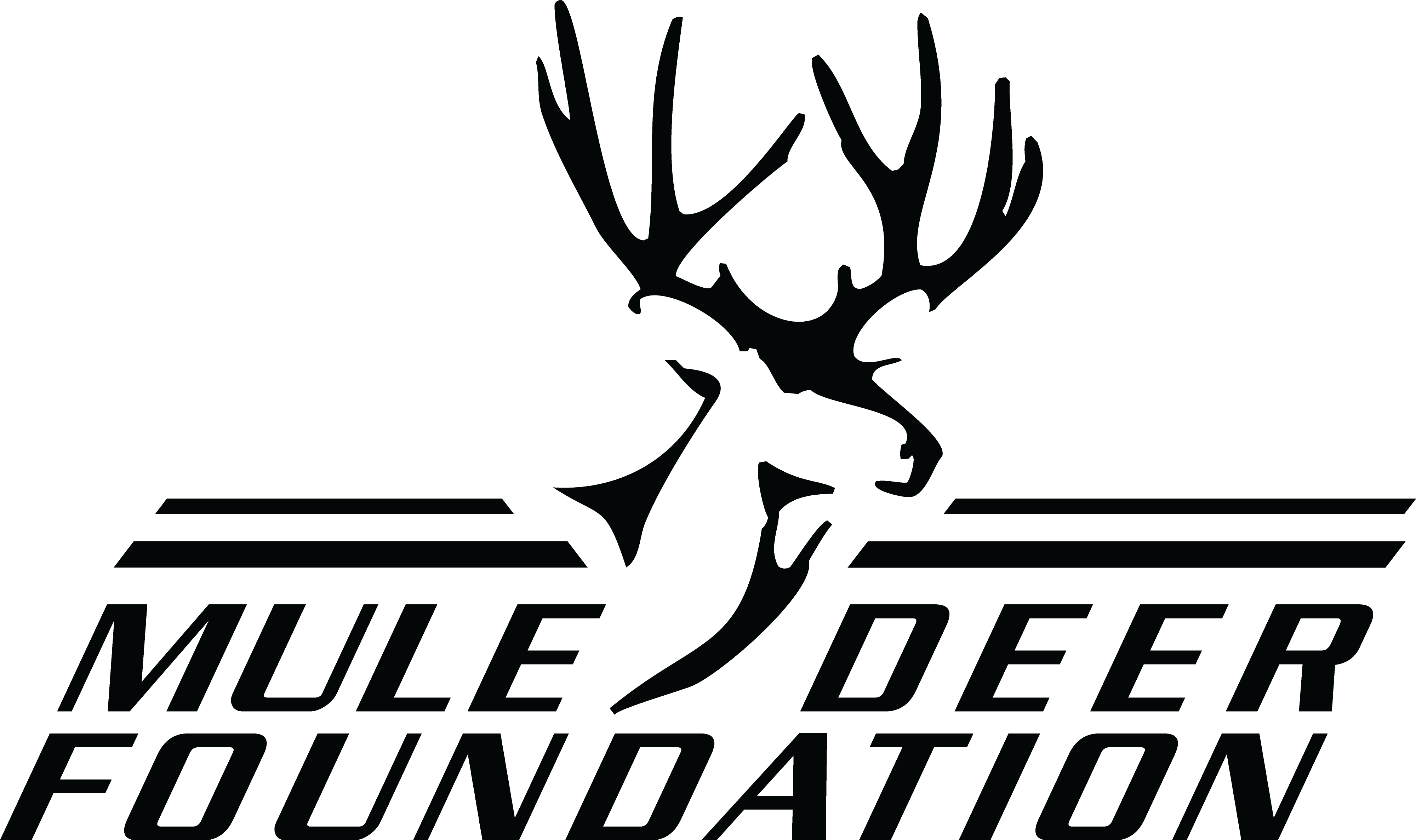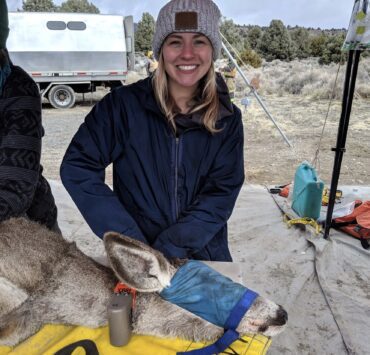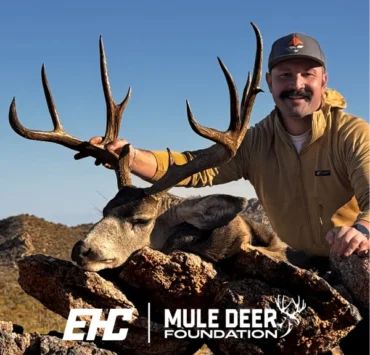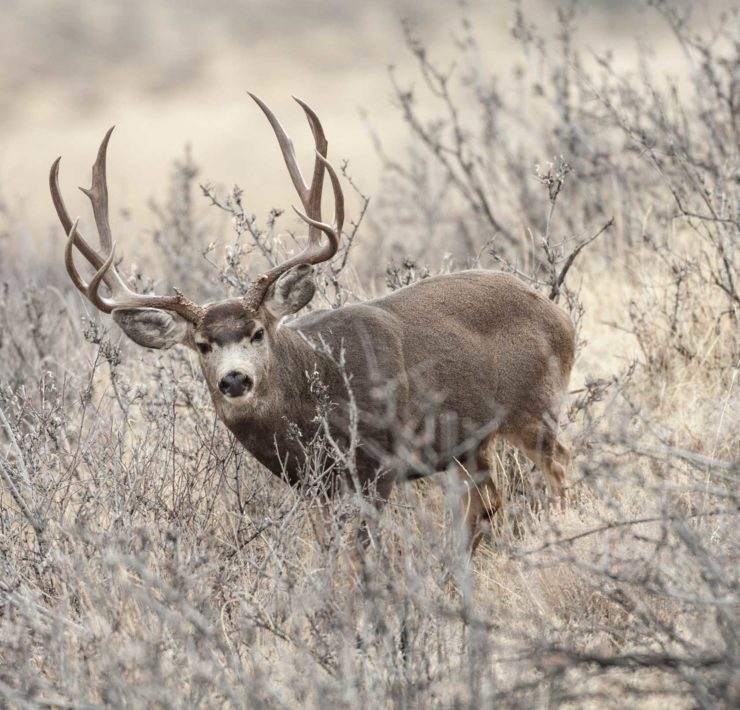Spot-and-Stalk vs. Ambush: Choosing Your Mule Deer Hunting Style

By Michael “Mickey” Luby
Ask a dozen mule deer hunters how they get it done, and you’ll hear two main camps: spot-and-stalk and ambush hunting. Both get the job done, but they take different mindsets, skills, and situations to pull off. Let’s break ‘em down.
Spot-and-Stalk: Covering Ground and Reading Country
This is the classic Western method, glassing a wide basin at first light, finding a buck, and plotting your approach. You need good optics, solid boots, and a willingness to eat dirt crawling into range.
Pros:
- Great for open country (badlands, alpine basins, sage flats).
- You control the engagement, you pick the buck and plan your approach.
- Every day is a fresh start.
Cons:
- Physically demanding.
- Wind, terrain, and timing have to line up just right.
- Easy to blow stalks with one wrong step.
Use this style when you’re hunting big, open landscapes and have good visibility, especially during early or mid-season when bucks are still bedded predictably.
Ambush Style: Patience Pays Off
Ambush hunting, whether you’re sitting water, watching a game trail, or glassing from a known crossing, is all about putting time in the right spot and letting the deer come to you.
Pros:
- Works great in high-traffic areas or when deer are pressured.
- Ideal for bowhunters who need close-range shots.
- Less physically demanding — more mental discipline.
Cons:
- Can be a waiting game with long dry spells.
- You’re committed to one area at a time.
- Doesn’t work well if deer aren’t moving.
Use this style when hunting near bedding areas, pinch points, or water sources, especially during hot weather or when hunting pressure has made deer nocturnal or skittish.
The Bottom Line:
Both styles have their place. Some hunts call for hiking until your legs scream. Others call for parking your rear in the shade and waiting it out. The best mule deer hunters I know use both — and let the country, conditions, and deer behavior dictate the play.
Whatever your style, respect the land, hunt smart, and give yourself time to learn. Mule deer don’t come easy — but that’s what makes them worth it.
Want to keep these hunting traditions alive? Join the Mule Deer Foundation today.
We’re working year-round to make sure both bucks and hunting opportunities are still there when you hit the trail.
Join the Mule Deer Foundation!
Send any success pictures or stories from the field to [email protected] and you could be featured on our website or in our magazine. If this article or any of our articles have helped you become a better hunter or conservation steward, consider becoming a member of the Mule Deer Foundation or the Blacktail Deer Foundation or both. Click here to join: https://muledeer.org/product-category/membership/ or https://www.blacktaildeer.org/

Michael “Mickey” Luby – Writer Bio
Michael “Mickey” Luby is a modern-day mountain man and unapologetic traditionalist living deep in Western Montana. A seasoned mule deer hunter with decades of experience chasing high-country bucks, Mickey has earned a reputation for grit, stubbornness, and a sixth sense for finding big deer where the air is thin and the trails are long forgotten.





